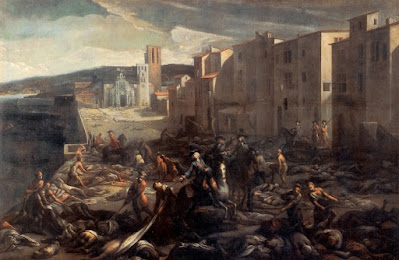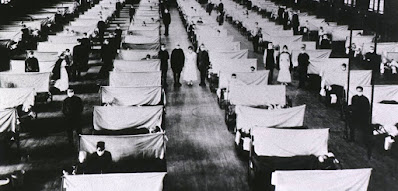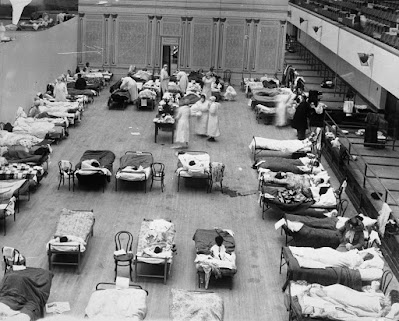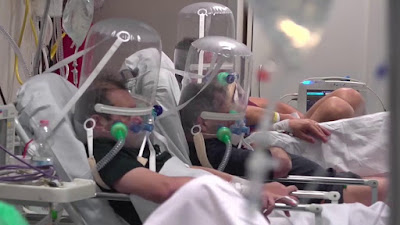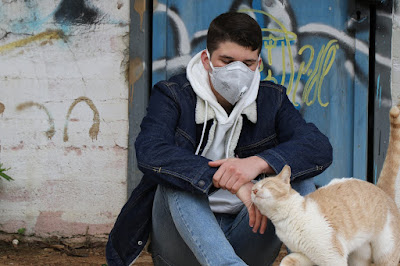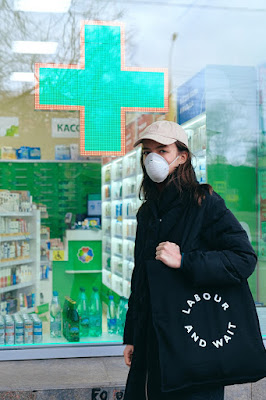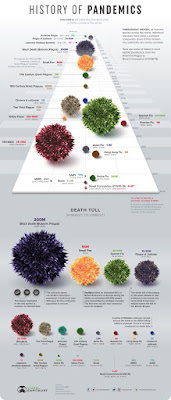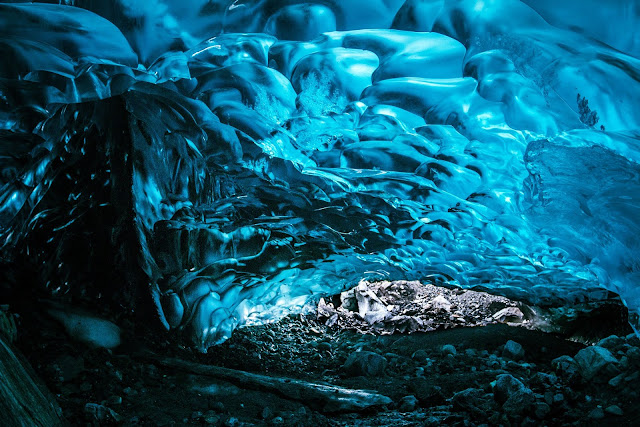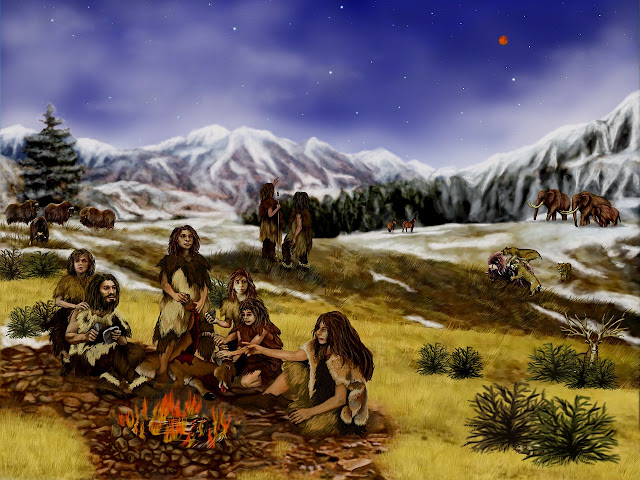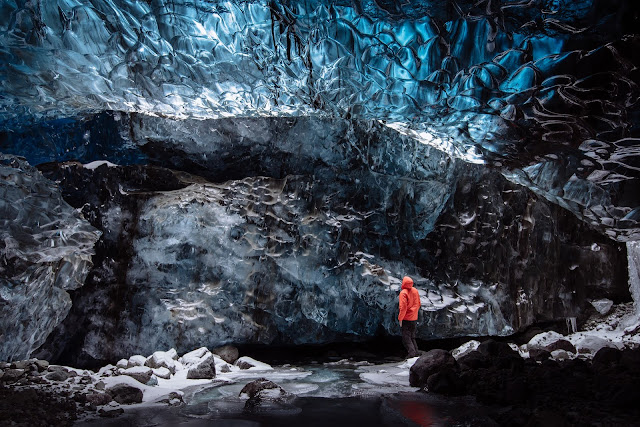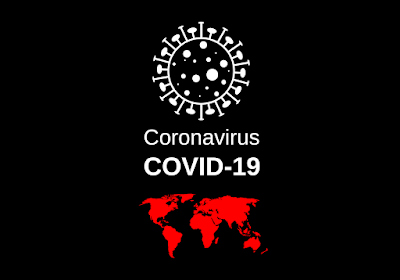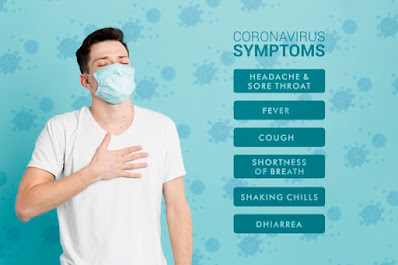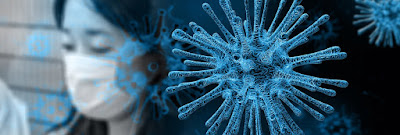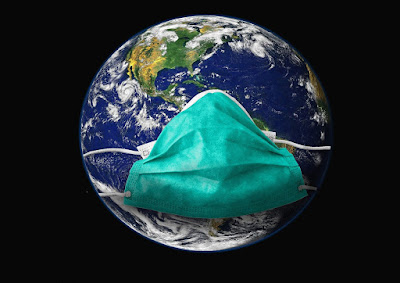Visit Lonely Planet New Orleans
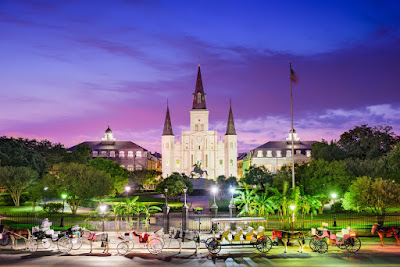 |
| St Louis Cathedral - New Orleans |
Epicurean Appetite
When it comes to food, New Orleans does not fool around. Well, OK, it does: its playful attitude to ingredients and recipes mixes (for example) alligator sausage and cheesecake into a dessert fit for the gods. This sense of gastronomic play is rooted in both deep traditions – truly, this city has one of the few indigenous cuisines in the country – and a willingness to accommodate outside influences, both in terms of technique and ethnicity. New Orleans' cuisine is a mix of Caribbean, African and European influences that is truly unique.
Celebration Seasons
We're not exaggerating when we say there is either a festival or a parade every week of the year in New Orleans. Sometimes, such as during Mardi Gras or Jazz Fest, it feels like there’s a new party for every hour of the day. At almost any celebration in town, people engage in masking – donning a new appearance via some form of costuming – while acting out the satyric side of human behavior. But the celebrations and rituals of New Orleans are as much about history as hedonism, and every dance is as much an expression of tradition and community spirit as it is of joy.
Unceasing Song
New Orleans is the hometown of jazz, but neither the city nor the genre it birthed are museum pieces. Jazz is the root of American popular music, the daddy of rock, brother of the blues and not too distant ancestor of hip-hop – all styles of music that have defined the beat of global pop for decades. All these varieties of music, plus a few you may never have heard of, are practiced and played here on every corner, in any bar, every night of the week. Live music isn’t an event: it’s as crucial to the city soundscape as streetcar bells.
Candid Culture
There aren’t many places in the USA that wear their history as openly on their sleeves as New Orleans. This city’s very facade is an architectural study par excellence. And while Boston and Charleston can boast beautiful buildings, New Orleans has a lived-in grittiness that either feels intimidating or easily accessible. As a result of its visible history you'll find a constant, often painful, dialogue with the past, stretching back hundreds of years. It's a history that for all its controversy has produced a street culture that can be observed and grasped in a very visceral way.
Highlights in New Orleans
creole architecture
 |
| Creole Architecture of New Orleans |
French Creole architecture is one of the nation's three major colonial architectural traditions. It takes its place alongside British Colonial, as exemplified by the saltbox houses of New England and a later generation of Georgian houses, and Spanish Colonial, as seen in the missions of California and the Southwest. The French-Creole building tradition appeared in New France, i.e., in the United States, the Mississippi Valley. Because the region was sparsely settled at the time, very little French Creole architecture was built outside Louisiana. And today Louisiana is home to the overwhelming majority of surviving examples.
Mardi Gras
 |
| The Holiday of Mardi Gras |
The holiday of Mardi Gras is celebrated in all of Louisiana, including the city of New Orleans. Celebrations are concentrated for about two weeks before and through Shrove Tuesday, the day before Ash Wednesday (the start of lent in the Western Christian tradition). Usually there is one major parade each day (weather permitting); many days have several large parades. The largest and most elaborate parades take place the last five days of the Mardi Gras season. In the final week, many events occur throughout New Orleans and surrounding communities, including parades and balls (some of them masquerade balls).
Second Line
 |
| Second Line New Orleans |
The Second Line is a tradition in parades organized by Social, Aid and Pleasure Clubs (SAPCs) with a brass band parades in New Orleans, Louisiana, United States. The "main line" or "first line" is the main section of the parade, or the members of the SAPC with the parading permit as well as the brass band. The Second Line consists of people who follow the band to enjoy the music, dance, and engage in "community." The Second Line's style of traditional dance, in which participants dance and walk along with the SAPCs in an African-based, free-form style with parasols and handkerchiefs, is called "second-lining". It is one of the most African-retentive cultures in the United States. It has been called "the quintessential New Orleans art form – a jazz funeral without a body". Another significant difference from jazz funerals is that Second Line parades lack the slow hymns and dirges played at funerals (although some organizations may have the band play a solemn selection toward the start of the parade in memory of members who died since their last parade).
Crescent Park
 |
| Crescent Park New Orleans |
This unique public space provides breathtaking views of New Orleans, native landscaping, bike paths, a dog run and multi-use pavilions for all to enjoy.
Shopping on Magazine Street
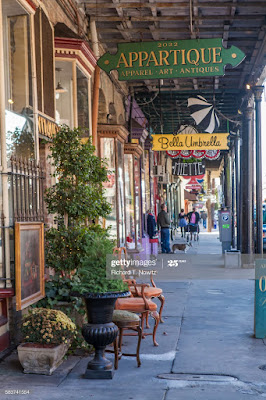 |
| Magazine Street New Orleans |
 |
| Magazine Street New Orleans |
Magazine Street is a major thoroughfare in New Orleans, Louisiana. Like Tchoupitoulas Street, St. Charles Avenue, and Claiborne Avenue, it follows the curving course of the Mississippi River. The street took its name from an ammunition magazine located in this vicinity during the 18th-century colonial period.
City Park
 |
| City Park New Orleans |
New Orleans City Park is filled with iconic oak trees, alligators, birds, beautiful art, and so much to do that you could spend an entire vacation exploring the city's largest green space.
St.Charles Streetcar
 |
| St.Charles Streetcar New Orleans |
Riding along the Saint Charles Avenue streetcar is the kind of experience that a lot of us can go for – inexpensive and accomplished by sitting. And if the French Quarter starts to feel a bit crowded, the six-mile, tree-lined ride Uptown can offer tranquility and fun. Riding the streetcar also gives visitors the chance to cover a fair amount of ground, including glimpses of some of the city’s most elaborate houses, Loyola and Tulane Universities and Audubon Park. Add to this the chance to stop and have a cocktail or indulge in some quality eats, and the trip easily justifies a day.
Classic Cocktails
 |
| Classic Cocktails New Orleans |
There are some classic cocktails invented in New Orleans. You should try these.
- Sazerac
- Brandy Crusta
- Brandy Milk Punch
- Absinthe Frappé
- Ramos Gin Fizz
- Café Brûlot
- Roffignac
- Cocktail à la Louisiane
- Vieux Carré
- Hurricane
- Arnaud’s Special Cocktail
- Bywater
Experience New Orleans - Lonely Planet New Orleans Tours
- Private New Orleans Cocktail Tour - Starting at $218
- Private New Orleans Jazz Tour - Starting at $135
- New Orleans Swamp Boat and Plantations Tour - Starting at $182
Sources :
lonelyplanet.com
nps.gov
wikipedia.org
eater.com


